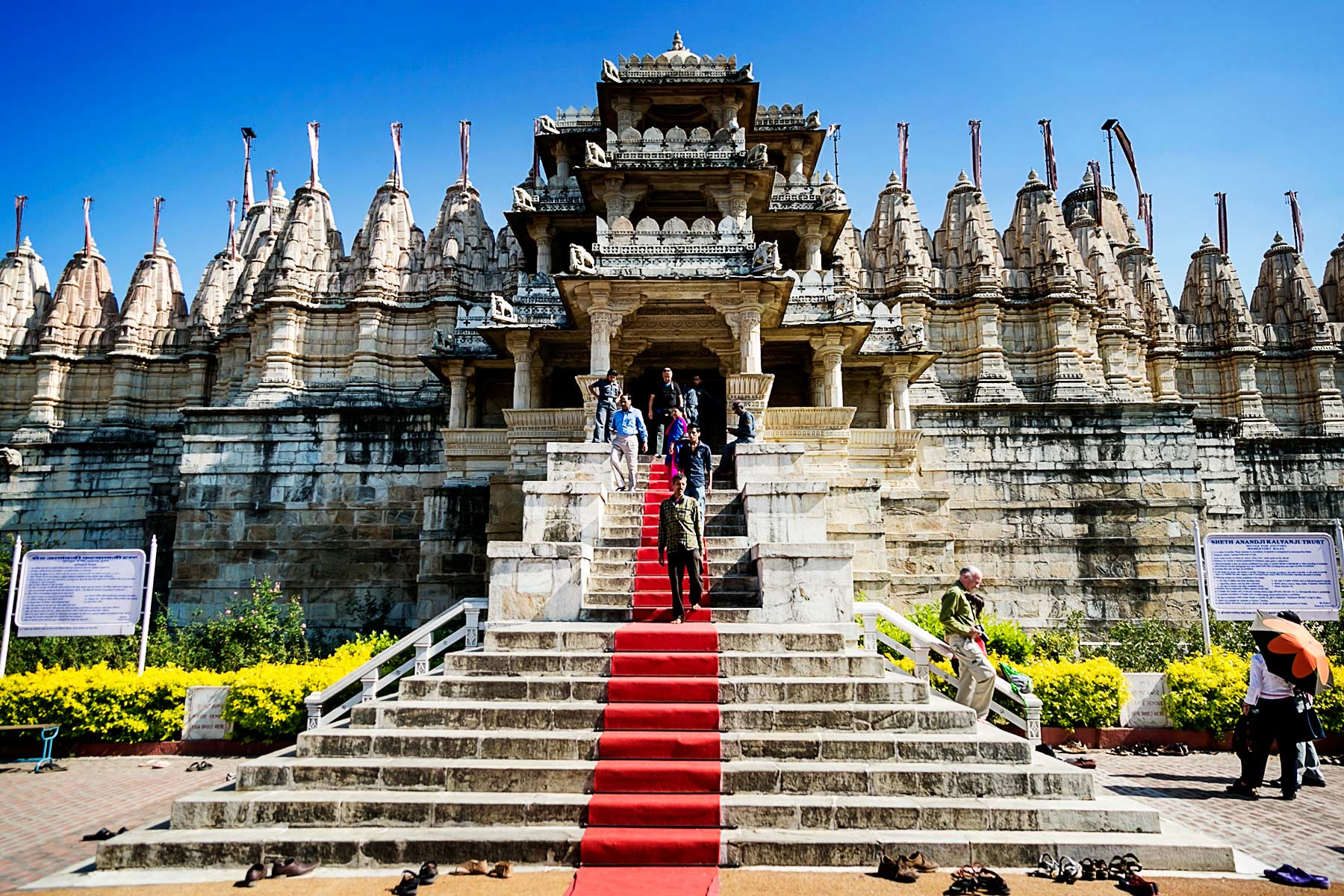Ranakpur Jain Temple- Rajasthan

Address
Ranakpur Jain Temple, Desuri, Ranakpur Rd, Sadri, Rajasthan 306702
Deity
Rishabhanatha
Introduction
- Ranakpur Jain Temple, also known as Chaturmukha Dharana Vihara, is a Śvētāmbara Jain temple in Ranakpur, Rajasthan.
- Dedicated to Tirthankara Rishabhanatha (Adinath), the first Tirthankar of Jainism.
- Built in the 15th century by Darna Shah, a Jain businessman, after a divine vision.
- One of the largest and most significant Jain temples, with multiple temples like Chaumukha, Surya, Suparshvanatha, and Amba within the complex.
Puranic Significance
- Construction began in 1389, under the patronage of Mewar ruler Rana Kumbha, and architect Dwepa led the project.
- The temple’s design was inspired by a celestial vehicle seen in a dream by Darna Shah.
- A 1436 CE copper plate and Sanskrit texts document its history.
- Inscriptions credit architect Deepaka for completing the temple in 1439 under Dharanka’s direction.
- Construction spanned 50 years, involving 2785 workers, finishing in either 1458 or 1496.
Special Features
- Known for intricate carvings and Māru-Gurjara architecture.
- The temple design represents Nalini-Gulma Vimana, a heavenly vehicle.
- Main shrine has a Chaumukha (four-faced) Adinatha idol, symbolizing the Tirthankara’s control over the four cardinal directions.
- Features 1444 uniquely carved marble pillars, 29 halls, 80 domes, and 426 columns.
- One pillar remains incomplete due to a legend that it collapses each time it’s built.
- Contains a famous Parshvanatha idol with 1008 snake heads, carved from a single marble slab.
- The structure spreads over 48,000 square feet and includes 84 underground chambers to protect idols from Mughals.
- The temple’s architecture influenced the Pittalhar temple, Dilwara in 1459 CE, and Palitana temples in 1681.
Century/Period/Age
15th century
Managed By
Anandji Kalyanji Trust – Rajasthan
Nearest Bus Station
Falna
Nearest Railway Station
Falna
Nearest Airport
udaipur






